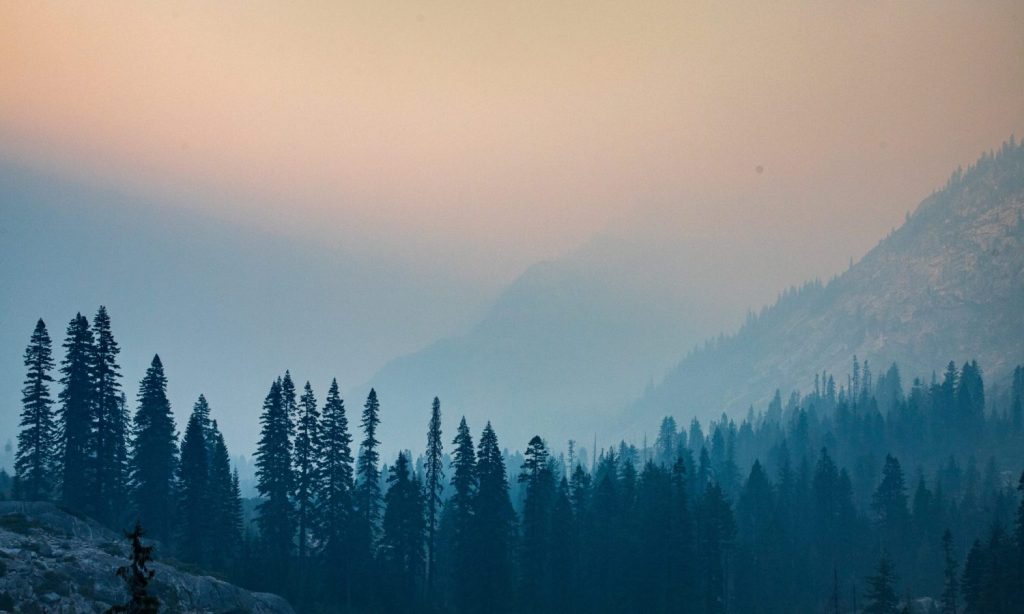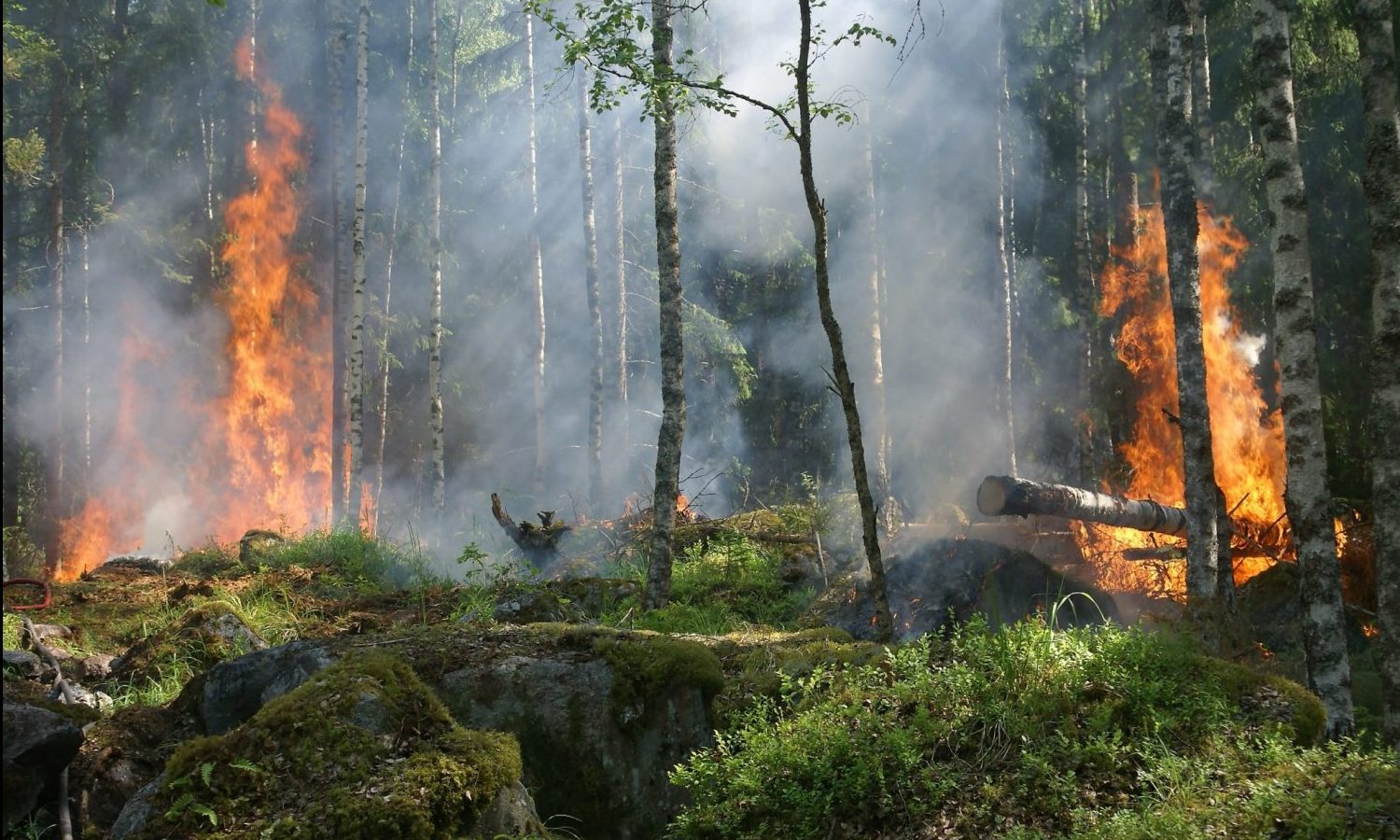It’s only a matter of time before we see the true cost of both climate change and the costly regulations surrounding a billion dollar plant.
For some Californians, the first days of September were blanketed in an eerie orange smog caused by a record-setting fire season. Wildfires in 2020 burned over 10 million acres across the country, and nearly half of them were in California. Thousands were evacuated, many lost their homes and some even perished as a result.
California is also the largest cannabis market in the country, with thousands and thousands of acres across the legal and black markets used to grow it every year. Cannabis farmers, like vintners, have dealt with the loss of crops due to fires for years now, but the sheer scale of 2020’s fire season saw the contamination of crops situated miles from fire sites due to smoke and debris exposure.

Unfortunately, 2021’s fire season is looking even worse. Oregon and Washington state are already at 20 times the acres burned last year, when many operators in California predicted a huge hit to the market. Despite MJBizDaily reporting at the beginning of 2021 that many in the industry felt that 2020’s fire season hadn’t been as impactful as they predicted, there was no way to know that fires would start earlier and burn longer in 2021.
October, also called Croptober, is traditionally the biggest harvest period for outdoor cannabis growers, and indicates how pot prices will shake down for the year to come. Back in October 2020, Leafly reported that the average whole price per pound was the highest it’s been in three years due to a combination of increased demand and a legal wholesale pound going for as much as $3,400.
RELATED: Fire Season Is Coming — Here’s What That Means For Canna-Businesses
These kinds of numbers are great for the growers dealing with fire and pandemic restrictions, but the true cost after taxes and regulations will be on the consumer. In the past, the effects of wildfires have increased the cost of cannabis anywhere from 10–20%, and every acre burned could potentially contribute to an additional hike.
It’s too early to know what kind of yield this year will bring farmers, but it’s not promising. Many cannabis farmers also aren’t able to access other forms of economic relief, like PPP loans, and the cost of damages could factor into asking prices.
Cannabis consumption, wildfires and the pandemic aren’t slowing down like predicted, and it’s only a matter of time before we see the true cost of both climate change and the costly regulations surrounding a billion dollar plant.


